-
-
Loading

Loading
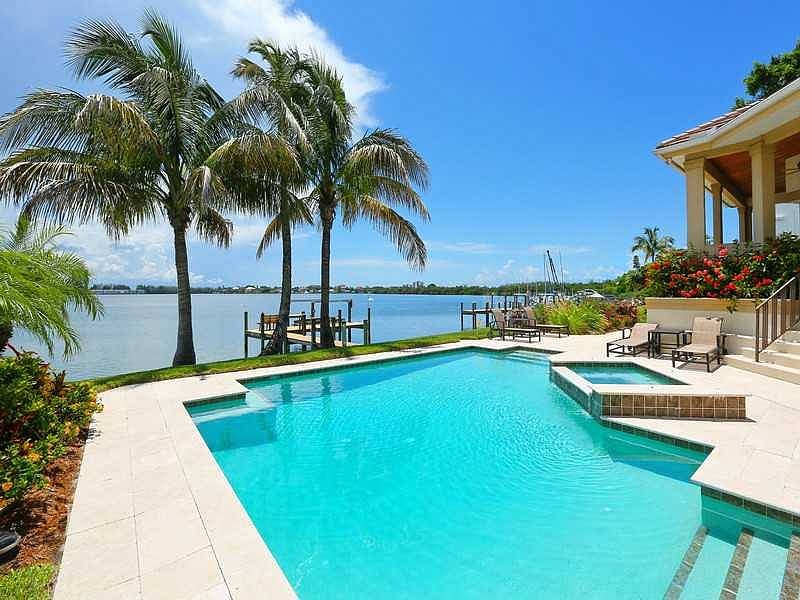
Many of us can remember the days of the “formal” living room and dining room. They were the rooms in which your mother wanted you to sit up straight and mind your manors. The formal rooms were used only at holidays or when company came to visit and, although they were beautifully decorated, we could not wait to retreat to the family room and relax.
Today we live differently from the way we did even a decade ago. The world is more fast-paced. When we arrive home we’re looking for a sanctuary that allows for a more relaxed lifestyle, while still retaining sophisticated details and design.
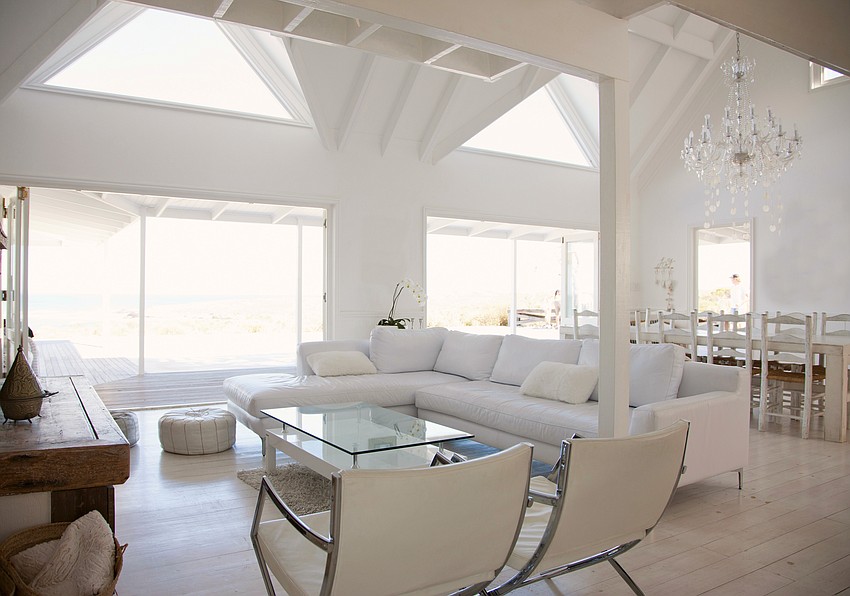
“What we’ve seen, especially here in Florida, is the gravitating toward a more casual, open great room style,” says Brian Phipps of Phipps Home Design.
This trend often involves a large kitchen, where everyone gathers, facing the living areas, as well as the pool or lanai.
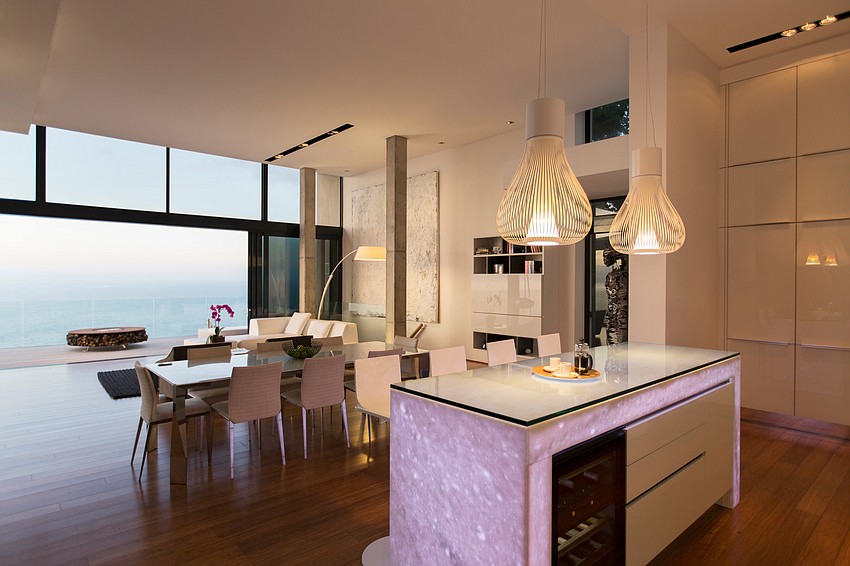
Phipps says that a result of the kitchen being an entertaining space is the need for an enlarged, hidden pantry to serve as the actual working kitchen. Pantries today house a secondary refrigerator and other appliances so that the exposed kitchen can remain pristine.
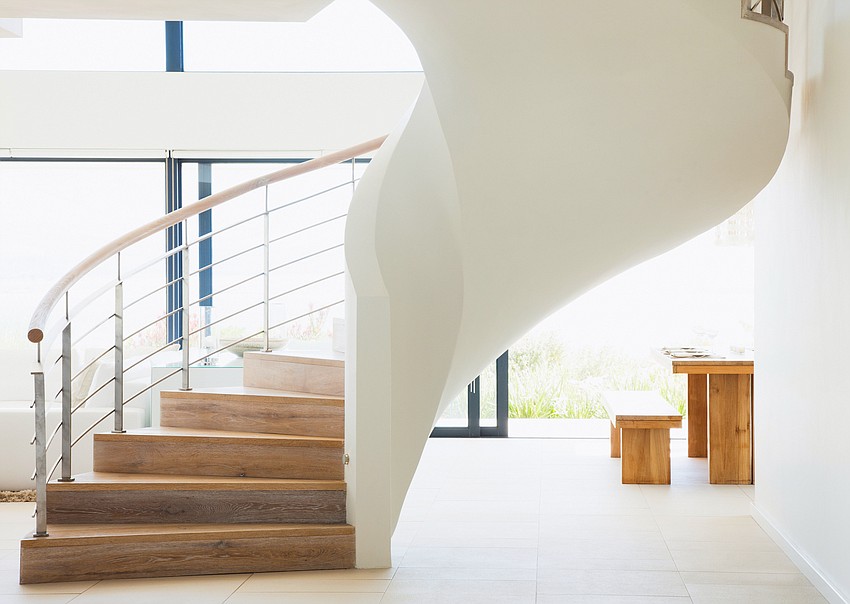
We’re also taking advantage of weather that lets us live outside year ’round. Backyards are becoming additional living rooms and kitchens with bars, grills and barbecue pits. Pools now rival resorts, equipped with slides, fountains and sun shelves. “They’re an aqua playground,” Phipps says.
With people coming in and out, possibly tracking in water, flooring preferences have shifted away from the traditional hardwood. Now wood-look porcelain tiles are a common choice, and so is luxury vinyl flooring. “It’s come such a long way, and it comes in different colors and patterns,” says Phipps.
Wood is still present in homes, but you’ll find it in more unexpected places, like the ceiling, where tongue-and-groove pecky cypress or bamboo accents bring in a warm, natural feeling.

Bedroom walls also feature wainscoting and designs made of wood in place of a headboard. “It’s the entire wall,” explains Phipps. “It really becomes a piece of art.”
The home’s exterior has evolved as well. Mediterranean architecture is giving way to West Indies and Cape Dutch looks, which are characterized by large verandas and symmetrical proportions and whitewashed facades and ornamental rooflines, respectively.
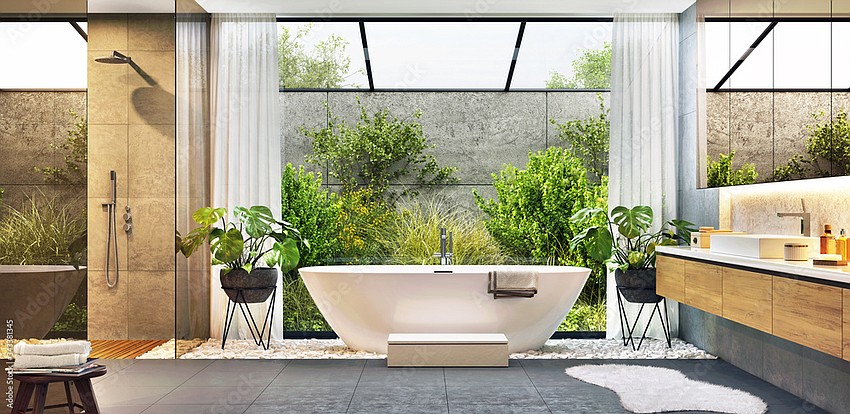
Another factor not only in a home’s curb appeal but its livability is its location. Phipps visits the home’s site before beginning the design process. Depending on where the best views are, he’ll twist the home accordingly to capture the water views and avoid less sightly ones, like power lines.
The existing landscaping can also impact the way a house is situated on its lot. In particular, grand oaks and cypress trees are considered attractive assets. “Anytime you can preserve something natural, it helps anchor the house design,” Phipps says. “It is canopy, shade and character.”

Phipps Home Design can guide their clients through the entire process, from construction documents and permitting to selecting other professionals, such as interior designers and subcontractors.
Contact Phipps Home Design at 941-955-1912 or visit PhippsHomeDesign.com.